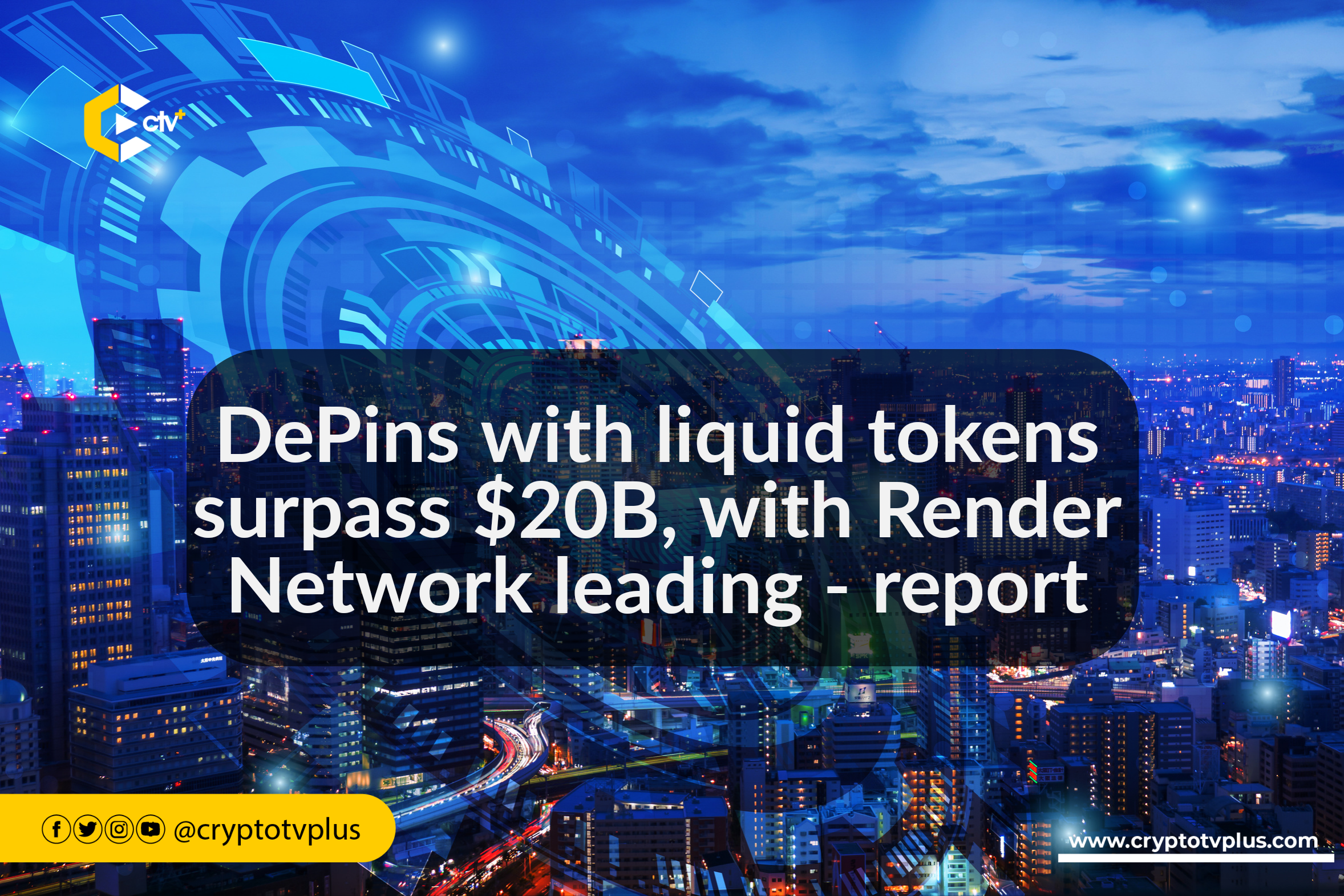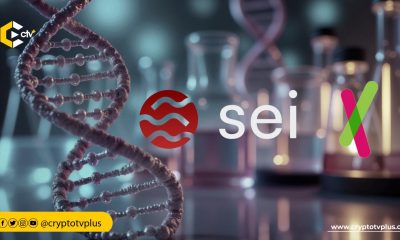News
DePins with liquid tokens surpass $20B, with Render Network leading – report

In the recently released report by Messari on the State of DePIN in 2023, Render Network takes center stage as one of the pioneering compute networks in the emerging sector of decentralized physical infrastructure networks (DePINs).
DePIN, or Decentralized Physical Infrastructure Networks, is a concept in the crypto world that uses token rewards and blockchain technology to encourage the development of physical infrastructure in the real world.
DePINs utilize blockchain technology and crypto-economic protocols to enable globally distributed individuals to collectively build, maintain, and operate people-owned physical infrastructure networks without needing a single, centralized entity.
It incentivizes supply-side participants to build the network by leveraging crypto-economic offerings, offering end-users more cost-effective and innovative services than traditional models. DePINs are an emerging crypto trend that leverages blockchain technology to build and operate real-world-based DApps, and it is expected to become one of the most important areas of crypto investment for the next decade.
Render Network is a blockchain protocol that aims to democratize access to resources needed for content rendering, primarily video cards (GPUs). It serves as a bridge, connecting those in need of GPU computing power with those who possess it.
The project was founded in 2017 by Jules Urbach, then CEO of OTOY, a company specializing in rendering and computer graphics. The native utility token of the Render Network is RNDR.
The rendering process is time-consuming and demands substantial hardware resources, especially for content meeting high graphics standards. The Render Network leverages blockchain technology to transform graphics rendering by providing a decentralized marketplace for 3D rendering services.
According to Messari, other leaders in the DePIN infrastructure sector are Helium, and Hivemapper. It also acknowledged the significance Solana plays in the industry of DePINs.
Per the report, the DePIN ecosystem has expanded to encompass more than 650 projects, distributed across six key subsectors. The breakdown of DePIN projects by subsector in 2023 is presented as Compute (250 projects), AI (200 projects), Wireless (100 projects), Sensors (50 projects), Energy (50 projects), and Services (25 projects).
Additionally, the collective market capitalization of DePINs with liquid tokens has surged past $20 billion, establishing a robust foundation for the sector’s continued growth. These projects have also demonstrated their financial resilience, with an impressive $15 million in annualized onchain revenue.
In comparison to the broader crypto market, which experienced substantial declines ranging from 70% to 90%, Messari noted that DePIN revenues weathered a much milder drop of only 20% to 60% from their peak values.
Read also; Celsius plans $470M Ether unstaking for creditors repayments

























Pingback: The Rise of DePIN Networks - Greythorn
Pingback: 探索 DePIN 网络:当前格局、增长动态以及潜在轨迹 | CoinON
Pingback: DePIN革命:悄然崛起的加密新运动 – btclabs
Pingback: DePIN革命:悄然崛起的加密新运动 | 元宇宙水滴
Pingback: 探索 DePIN 网络:当前格局、增长动态以及潜在轨迹 | 元宇宙水滴